
Station Name: MILL HILL EAST
|
| Date opened: | 22.4.1867 |
| Location: | West side of Bittacy Hill |
| Company on opening: | Great Northern Railway |
| Date closed to passengers: | Still Open |
| Date closed completely: | Still Open |
| Company on closing: | Still Open |
| Present state: | The station building and stationmaster's house are largely unaltered since 1867. The timber platform survives but it was covered with asphalt in the early 1990s. A section of the 1930s goods dock survives in an industrial estate on the east side of Bittacy Hill |
| County: | Middlesex |
| OS Grid Ref: | TQ240915 |
| Date of visit: | 7.7.2012 |
Notes: Mill Hill station opened to goods and passenger traffic with the Edgware branch on 22 August 1867. There was no goods yard as such although there was a weighbridge at street level between the station building and the stationmaster’s house. On the embankment there was a loop siding with a goods shed to the west of the platform. A private siding was laid into the North Middlesex Gas Company’s works to the west of the station in 1869. In 1904 the Railway Clearing House handbook lists a limited goods service comprising general goods and parcels only.
As part of the 1935 'New Works Plan' the line through Mill Hill would be doubled, with a second platform provided. The plan was adopted, and work on the electrification and new infrastructure started alongside the steam service which continued to operate on the Edgware line. The service on the branch was suspended completely from 11 September 1939 to allow the work to be completed. The Mill Hill East booking office remained open for the sale of tickets which could be used on replacement buses.
The platform on the embankment above is reached by an attractive brick-lined staircase. At platform level there is a small brick waiting room with a short canopy at the top of the steps. Mill Hill East is now the only station on the underground network with a timber platform although it was covered with asphalt in the early 1990s. It is also only one of three stations (the other are Chesham and Heathrow T4) on the tube network to have only one platform.
BRIEF HISTORY OF THE FINCHLEY - EDGWARE LINE
The following year, the Midland Railway received authority to build a line between Bedford and St Pancras which would provide a quicker route into central London from the Mill Hill area. To improve the prospects of their Edgware line, the EH & LR proposed a branch from Highgate to Muswell Hill serving the new Alexandra Palace leisure complex and an 6¾- mile extension of their main line from Edgware to Watford.
The new line was double-track between Seven Sisters Road and Highgate and single-track beyond Highgate, with passing loops at Finchley & Hendon. It was assumed that the north end of the line would be doubled at a later date so some structures, including the viaduct over the Dollis Brook, were built to a width that would accommodate a second track. There were 18 daily workings in each direction, although eight of these ran only between Seven Sisters Road and Highgate. The line was doubled between Highgate and East Finchley on 1 December 1867 and to Finchley & Hendon on 1 November 1869, prior to the opening of the High Barnet branch on 1 April 1872. To accommodate the extra traffic expected to be generated by this branch, Finchley & Hendon was rebuilt with an additional platform face which allowed services that had previously terminated at Highgate to be extended.
With the opening of High Barnet the service was improved, with 24 trains in each direction to central London. The majority of these trains ran from High Barnet with only one through service in each direction between central London and Edgware, and a shuttle operating between Edgware and Finchley, where passengers for London had to change. The junction with the Edgware line made through running difficult as there was no direct connection between the down line and the original single track. It was reconfigured in June 1896 which allowed more through services to run to Edgware, but there were never more than six in each direction. In an attempt to reduce running costs two GNR steam rail-motors, built to a design of H.A.Ivatt, were brought in to operate the shuttle service between Edgware and Finchley on 19 February 1906. The rail-motors brought little improvement to passenger revenue with only an additional £9 in passenger receipts in March 1906 and earnings per car of 5d per mile, while running costs were 7d. In an attempt to generate additional income, a halt was opened at The Hale on 11 June 1906. It was conveniently sited close the Midland Railway's Mill Hill (today known as Mill Hill Broadway) station, enabling easy interchange. The rail-motors proved unpopular with passengers as they gave a rough ride with continuous vibration. Within a few months they were withdrawn and replaced with conventional steam traction. Rail-motors were once again tried in September 1929. This time a 59-seat Sentinel, The Rising Sun, was used, but it proved as unpopular as its predecessors and was withdrawn the following year.
All of these lines would be incorporated into the Northern Line, and a new connection with the Northern City line at Finsbury Park would provide a fast and frequent service of electric trains into central London.
The New Works Plan was adopted, and work on the electrification and new infrastructure started alongside the steam service which continued to operate. On the Edgware line this was still largely a shuttle service with running intervals of between 30 and 50 minutes. There was now only one through service departing from Edgware at 7.52 am. Work on the electrification and track doubling started in 1938. The service on the Edgware line was suspended on some Sundays, and on 3 July 1939 the existing Northern Line service was extended from Archway to East Finchley where it surfaced alongside the LNER line from Finsbury Park, just south of the station. The service on the Edgware line was suspended completely from 11 September 1939 to allow the work to be completed. The stations remained open for the sale of tickets which could be used on replacement buses. The New Works Plan was expected to be completed with all lines open by spring 1941. All the new lines were shown as 'under construction' on LPTB pocket maps from 1938 onwards.
After 1941 the various unfinished Northern Line extensions were removed from subsequent Underground maps, although they reappeared between 1946 and 1949.
London Transport had every intention of completing their New Works after the war, hoping to finish the line between Mill Hill East and Edgware in 1948 with the extension to Bushey Heath being opened the following year. Despite these optimistic expectations no further work was undertaken, and in 1950 London Transport announced that that the route between Brockley Hill (north of Edgware) and Bushey Heath would not be built as it contravened Green Belt regulations. Without the line to Bushey Heath, it was felt that construction costs of completing the upgrade of the Finchley – Edgware line would not be recouped by expected traffic, so this too was dropped. All of the uncompleted Northern Line extensions were officially abandoned in February 1954. This was quickly followed by the closure of the Alexandra Palace branch on 5 July 1954. As the service on the Edgware branch had already been suspended from 11 September 1939 it was never reinstated, and the stations remained closed to passenger traffic.
Despite closure of The Hale in 1939 the booking office at Mill Hill Broadway was still selling tickets from Mill Hill (The Hale) until the late 1960s. These were valid on the 240 bus and differed from ordinary Underground tickets by having the name underlined. Click here for a light hearted film about the unfinished Northern Line extension. Tickets from Brian Halford & Michael Stewart. Bradshaws from Chris Totty. B & W street maps from Alan Young. Route map drawn by Alan Young. Sources:
To see other stations on The Finchley - Edgware line click on the station name: To see stations on the Finsbury Park - Alexandra Palace line click on the station name: Finsbury Park, Stroud Green, Crouch End, Highgate, Cranley Gardens, Muswell Hill & Alexandra Palace |
east_old8.jpg)
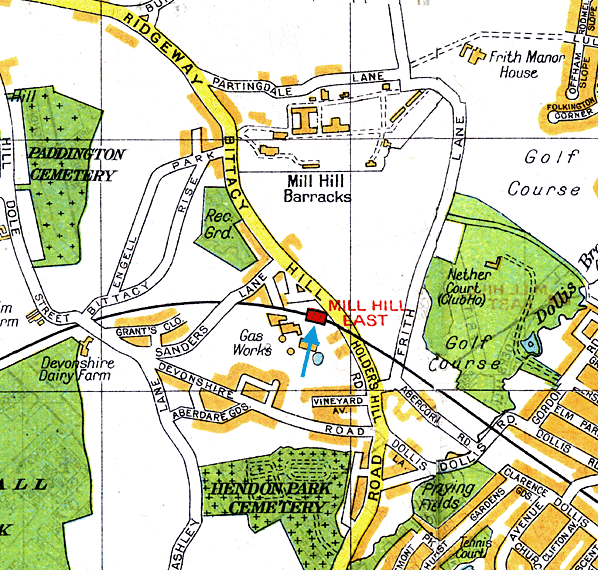
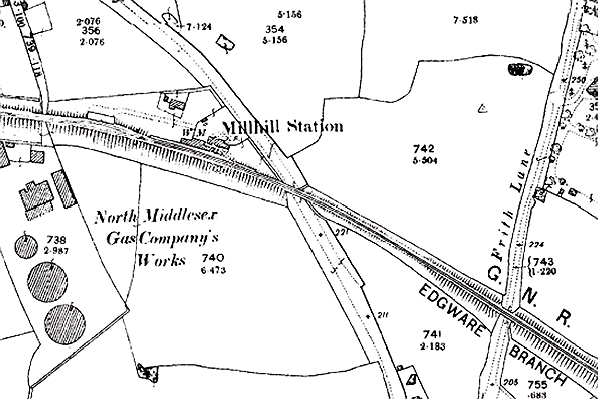
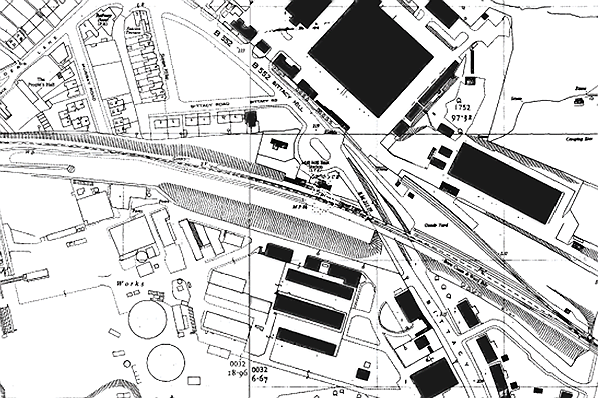
east_old3.jpg)
east_old6.jpg)
Photo by Geoff Plumb
east_old4.jpg)
east_old1.jpg)
on the right.
Photo by J E Connor
east_old2.jpg)
Photo by J E Connor
east_old6.jpg)
Photo by Alan Young
31.jpg)
was: Bushey Heath via Highgate.
Photo by Tim Brown from his Flickr phorostream
27.jpg)
Photo by Ian Baker
1.jpg)
Photo by Alan Young
2.jpg)
Photo by Nick Catford
20.jpg)
Part of the Mill Hill East goods dock can still be seen in an industrial estate on the
east side of Bittacy Hill.
Photo by Nick Catford
Click here for more pictures of Mill Hill East station
| Last updated: Sunday, 21-May-2017 15:41:51 CEST |
© 1998-2012 Disused Stations
|
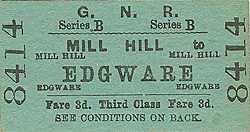
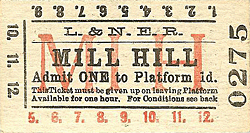
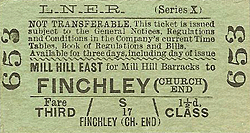

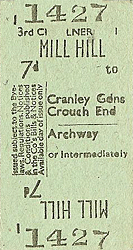
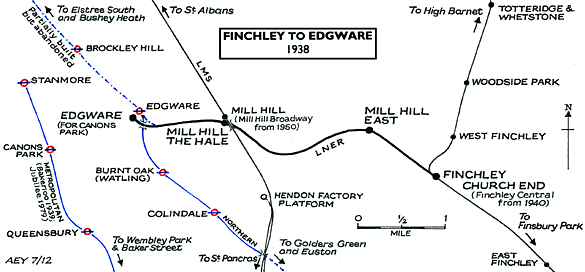
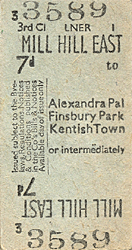
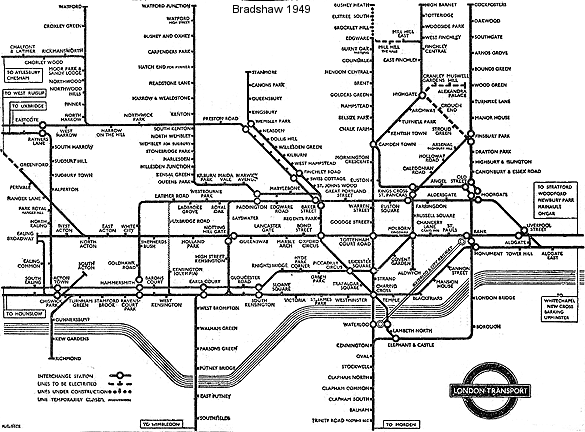
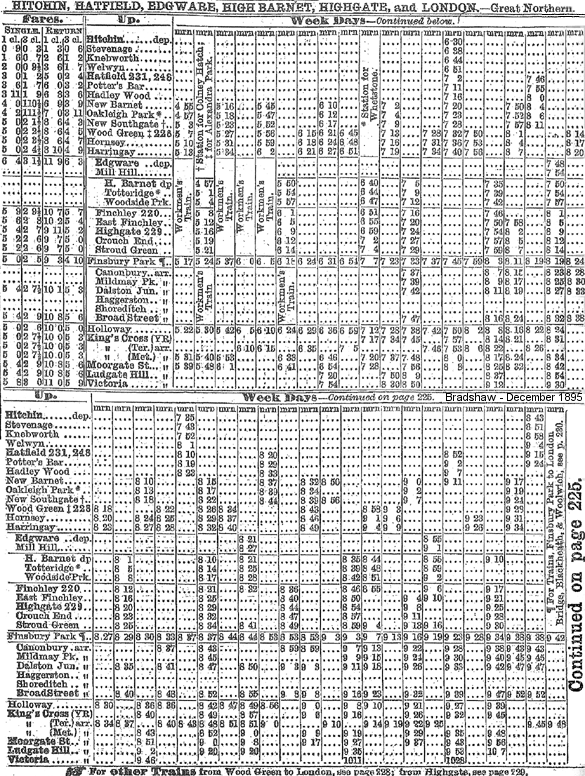
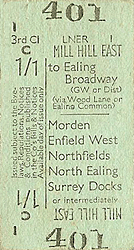
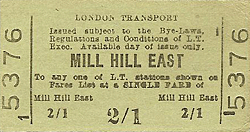

 Home Page
Home Page